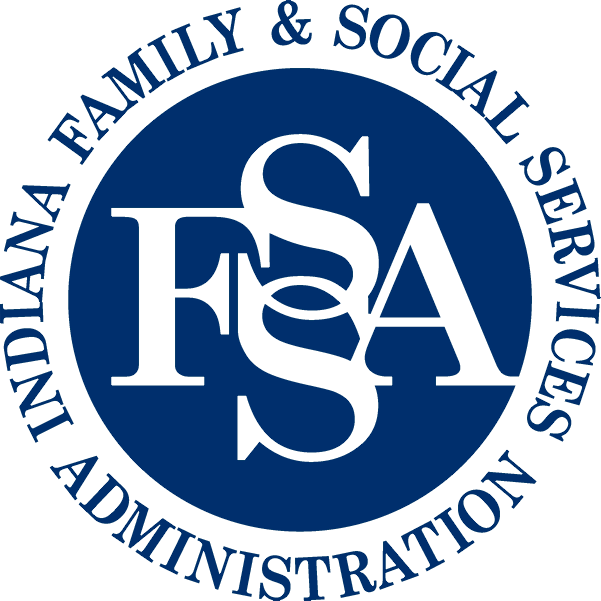Rules on the use of seclusion and restraint apply to all state hospital facilities in Indiana that receive Medicaid or Medicare funds. Below is a definition of restraint and seclusion as well as several of the provisions covered by the new rules. Restraint - any manual method or physical or mechanical device, material, or equipment attached or adjacent to the patient's body that he or she cannot easily remove that restricts freedom of movement or normal access to one's body. This includes a medication used to control behavior or restrict the patient's freedom of movement (chemical restraints) and is not a standard treatment for the patient's medical or psychological condition.
Seclusion - The involuntary confinement of a person in a room or an area where the person is physically prevented from leaving.
A few provisions under these rules include:
Standard for Use
- Emergency situation if needed to ensure the patient's physical safety
- Less restrictive interventions have been determined to be ineffective
- In the least restrictive manner and with safe techniques
- End at the earliest possible time
Time Limits
- Written orders:
- 4 hours maximum for adults
- 2 hours maximum for age 9-17
- 1 hour for those under age 9
In-Person Evaluation of Patient
- Physicians or Independent Licensed Practitioner must see and evaluate the need for use within one hour after initiation.
- If patient is no longer in restraints at end of verbal order the physician or independent licensed practitioner must still see and evaluate the patient within one hour.
New Orders
New orders require a physician or independent licensed practitioner to see and assess patient. Same time limits apply to continue an order after expiration.
Covered Settings
These rules apply to hospitals receiving Medicaid and Medicare funds.
